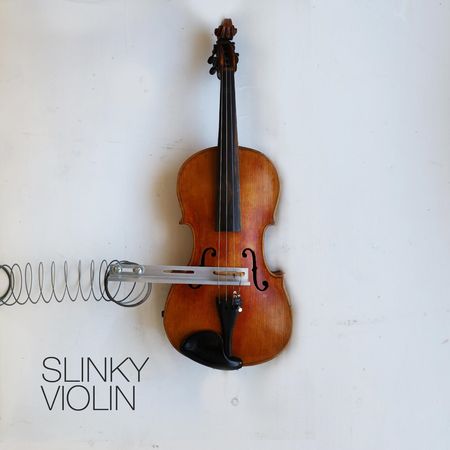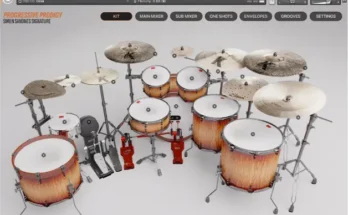Slinky Violin v1.0.1 KONTAKT SFZ [FREE]
FREE | 29 December 2020 | 406 MB
In November 2020, Dave Hilowitz attached a slinky to his violin, effectively turning his studio into a giant reverb tank. The resulting sound was both dusty, metallic, & hauntingly beautiful.
The library contains five versions of the patch:
• Slinky Violin: This is the basic version of the patch. It has two velocity layers. Velocity controls volume.
• Slinky Violin (forte layers only): The version just consists of the loud layers. Velocity controls volume.
• Slinky Violin (piano layers only): The version just consists of the soft layers. Velocity controls volume.
• Slinky Violin Duet: This version consists of both the soft and loud layers from the above sample being played at the same time. Velocity controls volume.
• Slinky Violin Duet (modwheel): Orchestral composers will want to start with this one. The dynamics in this patch are controlled by the modwheel (MIDI CC1). With the modwheel all the way down, you get just one violin. With the modwheel all the way up, you get both layers at full volume.
Three versions:
• Kontakt version is compatible with the full version of Native Instruments Kontakt 5.8.1 (or later).
• SFZ version tested with Plogue Sforzando
• The Decent Sampler version works with the free Decent Samples player plugin. Download it here.
• Convolution reverb with level knob
• Sample rate: 24-bit 48khz
Throughout the years, I’ve owned several guitar amps with built-in spring reverb, and I’ve always loved that twangy, metallic sound. Spring reverb in electric guitar amps works by taking the signal from a guitar’s pickups, amplifying it, passing it into one end of a long coil, picking it up at the other end, and then amplifying that signal some more. Because the internal coil is long and twisty, the sound waves don’t travel directly from one end of the reverb tank to another, but instead take their time and bounce around. This produces the characteristic reverb effect we’ve all come to know and love.
I’ve always wondered what a violin would sound like if it were subjected to a similar treatment. Of course, an acoustic violin is a bit more analog than an electric guitar – there is no pickup – which raises the question: what if you were to attach the spring directly to the body of the instrument you were trying to add reverb to? After seeing a Simon the Magpie Youtube video in which Simon attempted a similar experiment on his acoustic guitar, I knew exactly what I had to do. You can watch my experiment unfold in the video linked above.
(And yes, I’ve since replaced the slinky I stole from my son.)
NOTE:
Includes: Decent Sampler v0.7.26 for WiN & MAC




